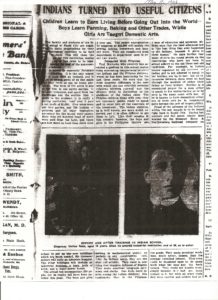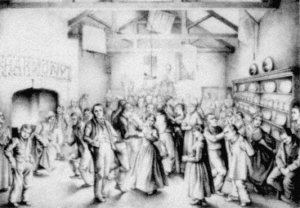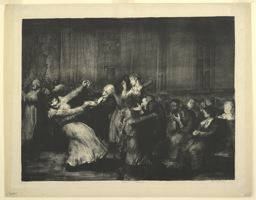Newspapers are great resources for a writer; they provide a glimpse into the past that can be hard to duplicate elsewhere. However, I’ve learned to take their news with a grain of salt.
In the newspaper account referenced on my web page, the Sioux Valley News gave a vivid description of a “bad Indian’s” escape from the Canton Asylum. Any staff not occupied turned out for the chase, and Oscar Gifford, the asylum’s superintendent, was the chief pursuer.
Here is a quote from the newspaper: “Up and down the hill he [Gifford] walked and ran, and a cyclometer which was attached to him, registered one hundred miles of travel, during the ten hours he was out scouring the hills.”
Gifford would appear to be an athlete of the highest caliber from this account, which I cannot quite believe. What I do believe, of course, is that the chase took place, covered a good deal of territory, and ended in the capture of the runaway.
The paper’s delight in this satisfactory conclusion is evident, as is its enthusiastic support for its favorite son, Oscar Gifford. While I gleaned a great deal of useful information from the Sioux Valley News, I also read through it with the understanding that the paper’s slant would always be favorable to Canton and its residents.


